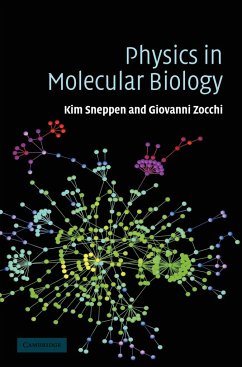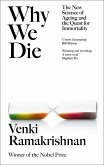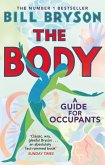Tools developed by statistical physicists are of increasing importance in the analysis of complex biological systems. Physics in Molecular Biology, first published in 2005, discusses how physics can be used in modeling life. It begins by summarizing important biological concepts, emphasizing how they differ from the systems normally studied in physics. A variety of topics, ranging from the properties of single molecules to the dynamics of macro-evolution, are studied in terms of simple mathematical models. The main focus of the book is on genes and proteins and how they build systems that compute and respond. The discussion develops from simple to complex systems, and from small-scale to large-scale phenomena. This book will inspire advanced undergraduates and graduate students in physics to approach biological subjects from a physicist's point of view. It is self-contained, requiring no background knowledge of biology, and only familiarity with basic concepts from physics, such as forces, energy, and entropy.
Hinweis: Dieser Artikel kann nur an eine deutsche Lieferadresse ausgeliefert werden.
Hinweis: Dieser Artikel kann nur an eine deutsche Lieferadresse ausgeliefert werden.
Because physics is the fundamental science involved with all forms of matter, science students and academics should welcome this book by two researchers familiar with both physics and biology. Each chapter comes with references and suggestions for further reading. There is a very useful appendix on statistical physics. A glossary of biological terms and an index also come in handy. Excellent diagrams elucidate the analysis. Choice







